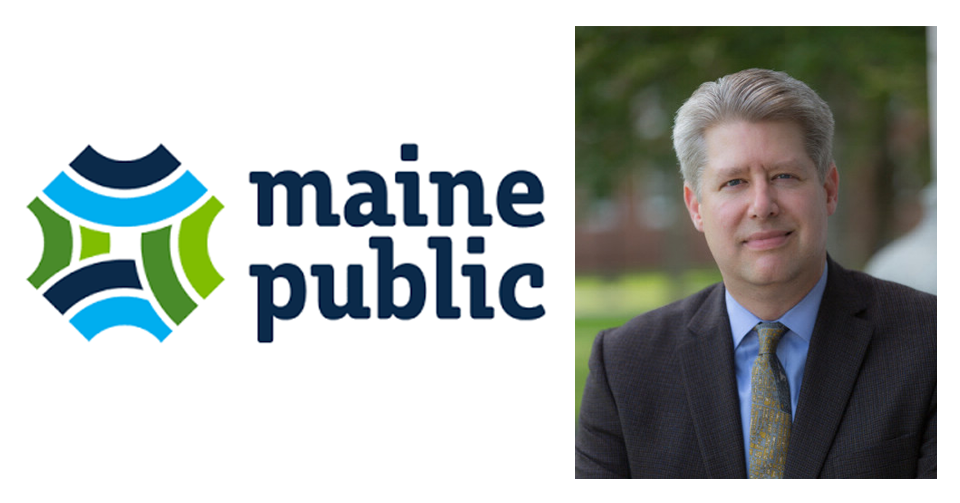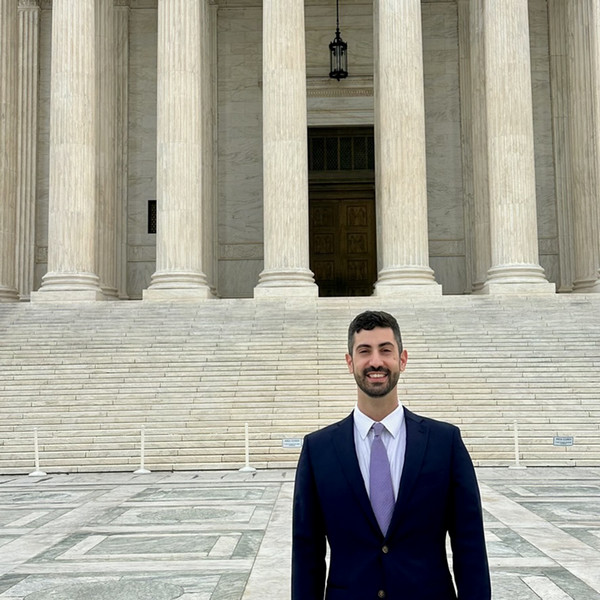Analyzing China’s COVID Protests: Who? Where? Why?
By Tom PorterAssociate Professor Government and Asian Studies Christopher Heurlin shares his perspective on the current unrest in China sparked by Beijng’s strict “zero COVID” policy.

First, consider where the protests started, said Heurlin, who also directs Bowdoin’s Asian Studies Program. “They began in the northwestern region of Xinjiang,” he explained, “where the Han Chinese have a recent history of being very vocal and demanding of the government.”
In 2009, after tensions between Han Chinese and the Uighurs— Xinjiang’s other prominent ethnic group—spilled over into riots, the Han successfully pushed for the regional party secretary to be removed and emerged as the dominant population, said Heurlin. “The central government sees Han Chinese in Xinjiang as a stabilizing force, but the ‘price’ that the government has to pay is favorable policies for the Han vis à vis the Uighurs. In some ways it’s not surprising that the protests would begin there, because Han Chinese in Xinjiang feel relatively empowered.”
Another important factor to consider is that China’s zero-COVID policies have been very closely linked with President Xi Jinping himself. “This implicitly makes criticism of these policies a criticism of Xi, which makes the protests more overtly political,” explained Heurlin. “The Chinese state media has been playing up the association of those policies with Xi, which is not something I would expect them to do if they were planning on discarding the policies quickly. It functions more as a warning to protesters that the regime is serious.
“Similarly,” he added, “the Chinese government has referred to ‘people with ulterior motives’ as organizing the anti-COVID protests. This also indicates that the government believes these protests are political—and thus less justified than ‘economic’ protests against labor or environmental issues.”
Beijing has also been taking measures to limit further protests by university students, said Heurin, which had been largely unheard of since 1989. “The government seems to be accelerating plans to send students home for vacation. University campuses played a strong role in sustaining the Tiananmen Square protests, and this is an effort to disperse students before things get worse.”
More widely, it’s important to remember that China’s anti-COVID policies affect very large swaths of the population in identical ways, commented Heurlin, making it difficult for them to get food or access emergency services. “Latent discontent seems to be very high, increasing the potential for protests to spread quickly.
“Furthermore,” he added, “due to censorship and repression, most Chinese people who are very unhappy with the restrictions are not sure how other citizens feel and may think they feel more strongly than others. Social scientists call this ‘pluralistic ignorance.’ Large scale protests have the effect of quickly revealing to other unhappy citizens that they are not alone in their discontent, which can cause the size of protests to grow quickly.”
This semester Heurlin is teaching two classes—Contemporary Chinese Politics and The Politics of Dictatorship: Authoritarian Resilience and Democratization.



